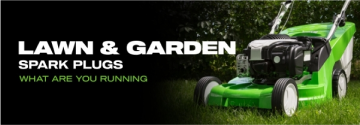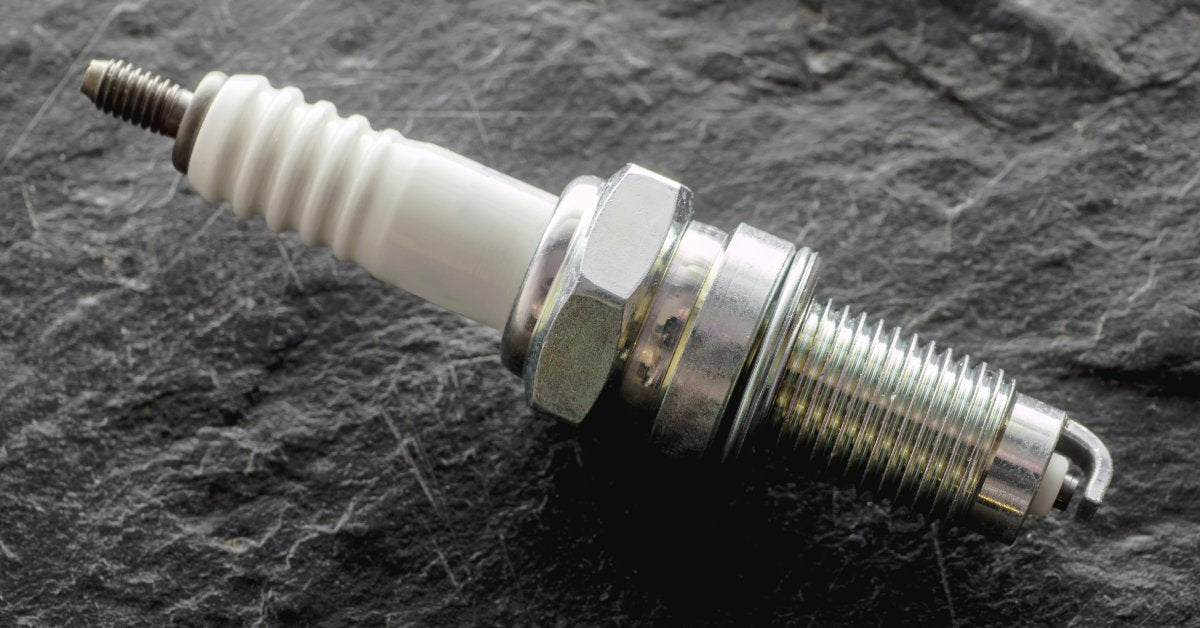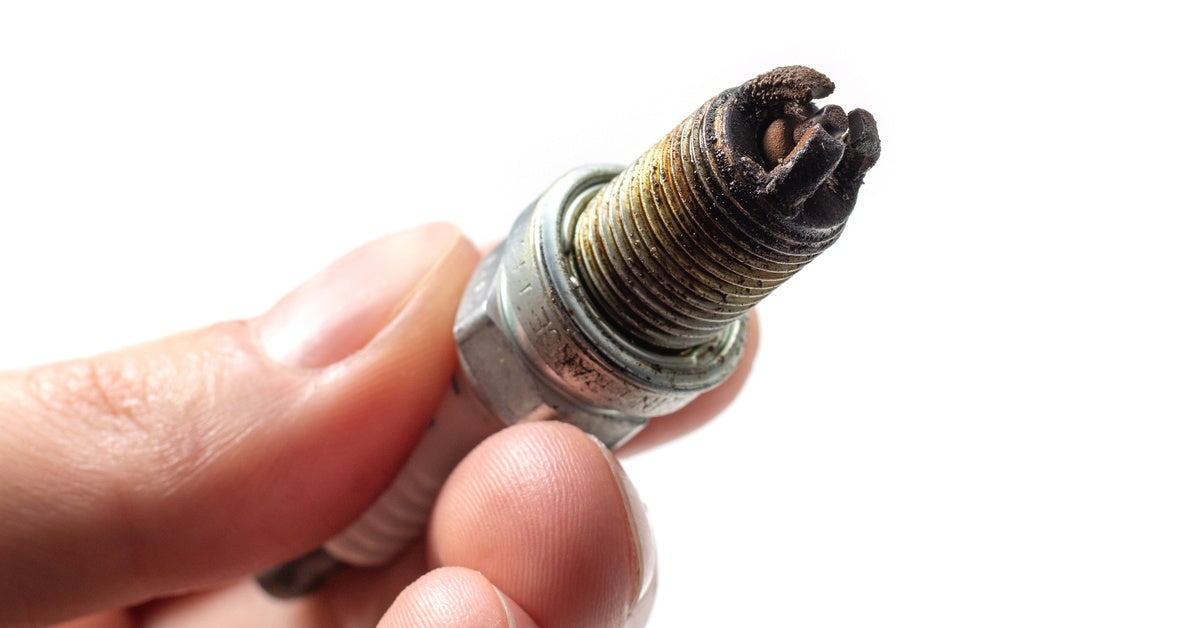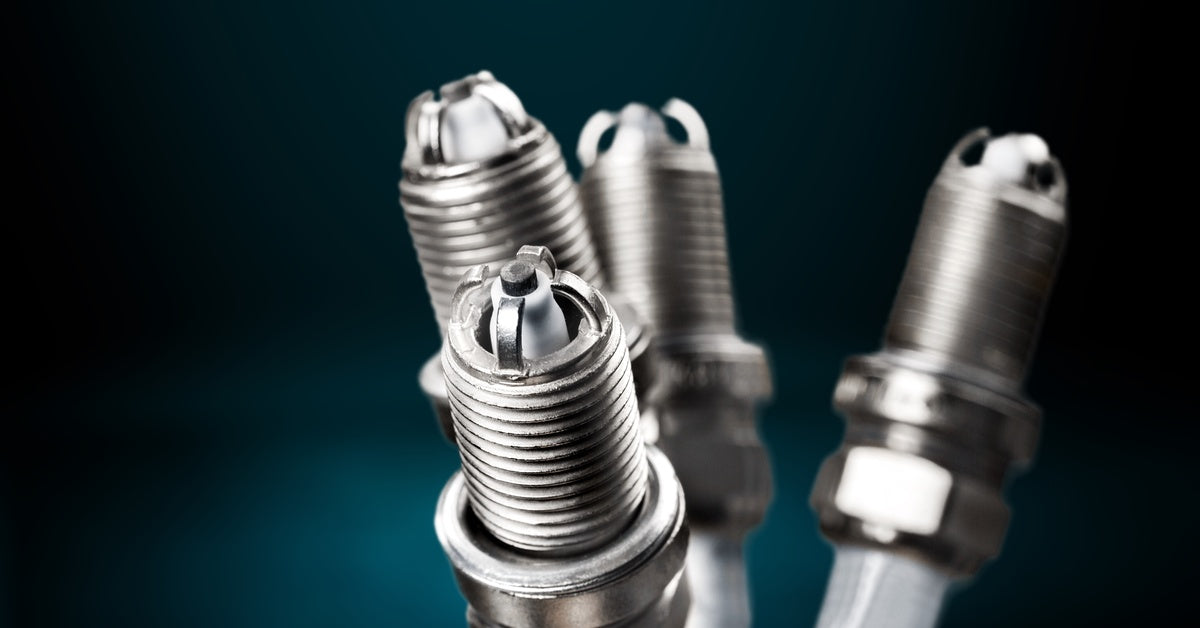
Rough starts, uneven runs, and quickly wasting gas—these problems might seem random, but they typically point to a prevalent issue: a failing spark plug. A faulty spark plug can turn routine lawn maintenance into a frustrating battle with equipment that won’t cooperate. Knowing how to decode the common signs of a bad mower spark plug can be a lifesaver for preserving your outdoor power equipment.
Hard Starting Problems
A healthy spark plug creates a strong, consistent spark that ignites the fuel-air mixture instantly. When the spark plug deteriorates, starting your mower becomes increasingly difficult. You’ll find yourself pulling the starter cord multiple times or cranking the electric starter longer than normal.
Carbon buildup on the electrode is a common cause of reduced spark intensity, making ignition unreliable. Oil deposits also create a barrier between the electrode and the combustion chamber, preventing proper spark formation. Metal corrosion from moisture and fuel additives further weakens the plug’s ability to generate the electrical arc needed for combustion.
Testing Starting Performance
Cold starts reveal the plug condition most clearly. A mower with a good plug should start within two to three pulls on a properly working engine. If you notice attempts taking longer or requiring more effort, the spark plug likely needs attention.
Rough Engine Idling
Smooth engine operation relies on consistent combustion timing. A failing spark plug disrupts the timing, causing the engine to shake or run unevenly at idle speed. The mower may surge between high and low revolutions per minute (RPM) without throttle input.
Worn electrodes create inconsistent spark gaps, leading to irregular ignition patterns. Some combustion cycles can fire normally, but others could misfire completely. This inconsistency produces the characteristic rough idle, which is a sign of spark plug problems.
Frequent Engine Misfiring
Misfiring occurs when the plug doesn’t ignite the fuel-air mixture at the proper moment. This wastes fuel and can damage other engine components over time.
Spark-plug gap problems cause many misfiring issues. Electrodes that have worn too wide or gotten knocked too close together both prevent proper ignition. Carbon deposits can exacerbate the issue, preventing spark formation altogether.
Identifying Misfire Patterns
Single misfires create occasional popping sounds and brief power loss. Inconsistent engine speed may be another symptom. Continuous misfiring produces constant rough running and significant power reduction. Multiple consecutive misfires can stall the engine completely during operation.
Reduced Engine Power Output

A deteriorating spark plug reduces engine power by preventing complete fuel combustion. The mower struggles to maintain speed under load, cuts grass poorly, and may stall when encountering thick vegetation.
Incomplete combustion wastes fuel energy and reduces the pressure created during the power stroke. Less pressure means less force transmitted to the crankshaft, resulting in reduced power output. The engine then works harder to produce the same results, increasing wear on internal components.
Unusual Engine Sounds
Engine noise changes when spark plugs begin failing. You might hear knocking, pinging, or irregular combustion sounds during operation. These sounds mean there’s a problem with the timing of the engine and that fuel isn’t burning properly.
Excessive Fuel Consumption
Faulty spark plugs force engines to consume more fuel for the same amount of work. Incomplete combustion means some fuel passes through the engine unburned, essentially wasting gas. You’ll notice more frequent refueling if this is the case.
Misfiring cylinders require the engine to compensate by working remaining cylinders harder. This compensation increases fuel consumption and places more stress on engine components. Rich fuel mixtures caused by poor combustion also contribute to increased fuel usage.
Poor Acceleration Response
Healthy spark plugs provide instant throttle response when you increase engine speed. Bad spark plugs create a delayed acceleration when you open the throttle. The engine may bog down instead of increasing speed.
Timing problems caused by worn plugs prevent the right power delivery during acceleration. In this case, the engine cannot efficiently convert fuel energy into mechanical motion, resulting in sluggish performance. Response delays become more pronounced as spark plug condition worsens.
Acceleration Testing Methods
Test acceleration response by quickly opening the throttle from idle speed. A properly functioning spark plug should provide immediate, smooth acceleration without hesitation.
Visible Spark Plug Damage
Physical inspection reveals obvious spark plug problems. Remove the spark plug, and examine the electrode for wear, carbon buildup, oil deposits, or corrosion. Healthy spark plugs have clean, sharp electrodes with proper gap spacing.
Black, sooty deposits indicate rich fuel mixtures or incomplete combustion. White, chalky buildup suggests lean fuel mixtures or overheating. Oil deposits point to worn engine seals or rings allowing oil into the combustion chamber.
Electrode Wear Patterns
It’s normal for rounded electrode tips to wear, but it lowers performance. Severely worn electrodes create gaps too wide for proper spark formation. Melted or damaged electrodes indicate overheating problems that may have damaged other engine components.
Difficulty With Cold Weather Starting
Cold weather magnifies spark plug problems because engines require stronger ignition during cold starts. Weak spark plugs that might work adequately in warm weather might fail completely when temperatures drop. Cold fuel mixtures need more reliable ignition sources.
Moisture condensation in cold weather can short-circuit damaged spark plugs. Cracked insulators allow electrical current to bypass the electrode gap, preventing spark formation. Decoding the common signs of a bad mower spark plug becomes particularly valuable during seasonal equipment preparation.
Intermittent Engine Operation

Engines with failing spark plugs often run inconsistently. The mower might easily start one day but refuse to start the next. Operation can become unpredictable and unreliable.
Temperature changes affect spark plug performance as metal components expand and contract. Electrical connections loosen, and insulator cracks worsen with thermal cycling. Intermittent problems often become permanent failures without intervention.
Tracking Intermittent Issues
Document when problems occur to identify patterns. Note weather conditions, engine temperature, and operating conditions when issues arise. This information helps determine whether spark plug replacement or other repairs are needed.
Engine Stalling During Operation
Complete engine failure during operation often results from total spark plug failure. The engine suddenly stops running and won’t restart without addressing the underlying problem. Stalling can occur at idle, during acceleration, or under load.
Complete electrode failure prevents spark formation entirely. Severe carbon buildup can short-circuit the spark plug internally. Cracked insulators allow electrical current to ground out before reaching the electrode gap.
Similar problems affect chainsaw spark plug performance, where reliable ignition is also critical for safe operation. High-quality parts from E3 Spark Plugs provide enhanced performance for demanding applications.
Take Action
Regular maintenance prevents most performance problems and extends engine life. Aim to check spark plugs at the beginning of each mowing season, and replace them according to manufacturer recommendations. Clean, properly gapped spark plugs ensure reliable operation and optimal fuel economy.
Understanding these warning signs helps you maintain your equipment proactively. E3 Spark Plug offers some of the best plugs on the market for your equipment. Explore our range of products today to find the perfect pairing for your needs.







